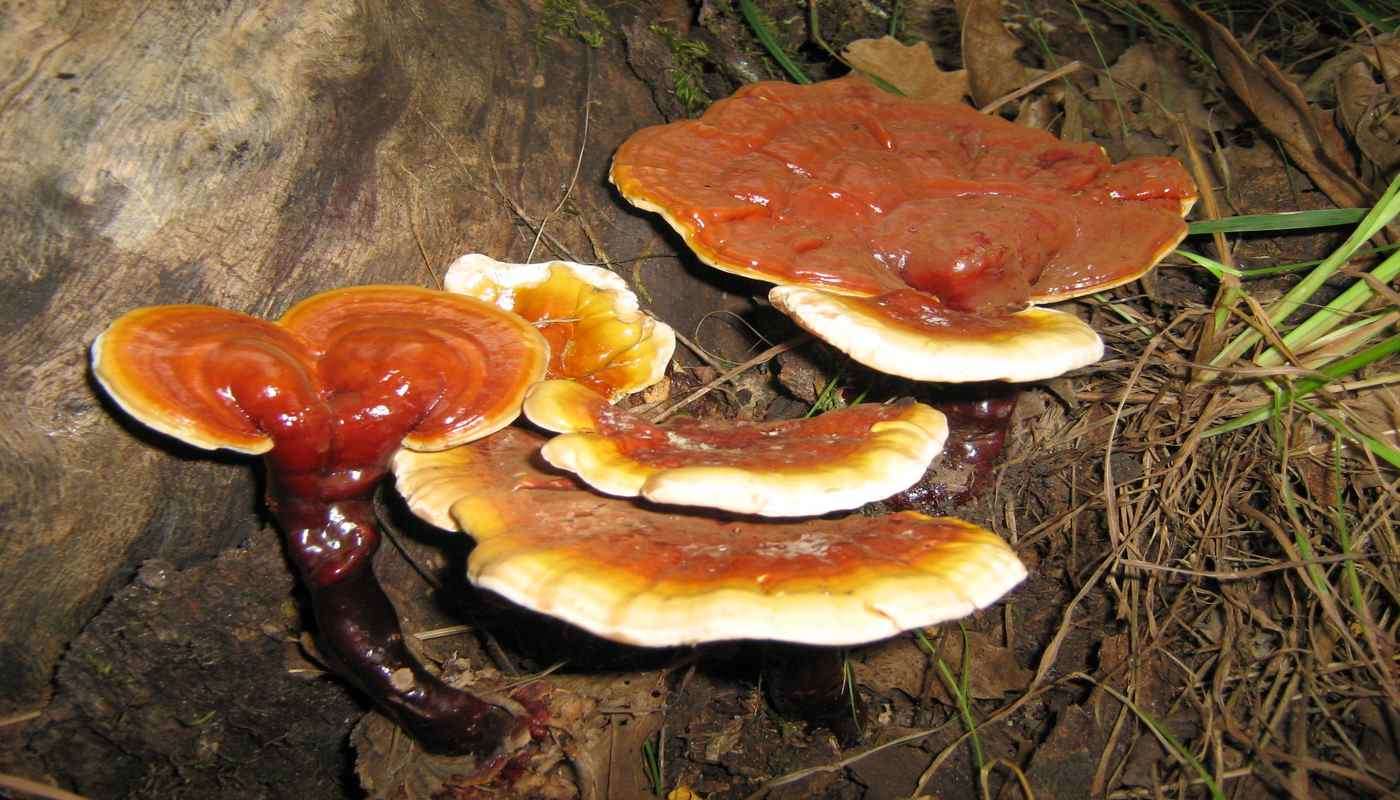Woman Becomes First Human to be Fitted with Nerve and Bone Fused Bionic Limb
Called osseointegration it's a process where bone tissue and titanium create a strong mechanical bond that enables connection with the nerves

The skin off the legs of a mushroom could potentially offer a sustainable alternative to insulative substrates in computing chips.
As production of electronic devices continues to increase, scientists are looking to insert a bit of nature and biodegradability into common components like the microchip, and believe it or not, peeling the skin off the mycelium of a mushroom can protect chips from heat up to 392°F (200°C.)
Once it's dried out, scientists working on the project from Johannes Kepler University in Austria found that it's not only heat resistant, but will last for years, and can withstand being bent and folded thousands of times without wearing or tearing.
The particular species of fungus is the Ganoderma lucidum, which grows on dead rotting wood in European mountains. As it reaches maturity, it creates a fibrous skin to protect its own substrate (the wood in this case) which if peeled off can instead protect microchips.
The substrate under a computing chip tends to be made with unrecyclable material like non-reusable plastic. The authors point out that the increase in the proliferation of electronics in modern times has not been paired with an increase in their lifespan, and throwing them away is much more economical for users than replacing individual parts.
"The vast number of devices produced every day along with the decrease of their lifetime inevitably results in the generation of enormous amounts of electronic waste," the authors write in their paper, published in Science Advances.
"Circular economy and recycling concepts alone cannot solve the growing waste crisis. Electronics research, and especially electronic materials research, thus must shift its focus from strictly high-functionality concepts to sustainable, cost-effective approaches."
The mycelium skin, which protects the mushroom from the ingress of bacteria, breaks down in a normal compost pile even after being dried, in just about 10 days.
According to the researchers, the skin is slightly less-insulative than plastic, but can still withstand high temperatures, even at the same thickness as paper. Furthermore, it can be grown from the loads of cast off wood from lumber production.
At the moment, the team believe their mycelium could excel in products that don't require a long-lasting electrical circuit such as wearable health monitors and near-field communication (NFC) tags for electronic devices. However more development time and work is needed.
SHARE This Wild Use Of Mushrooms In Tech With Your Friends…
Be the first to comment